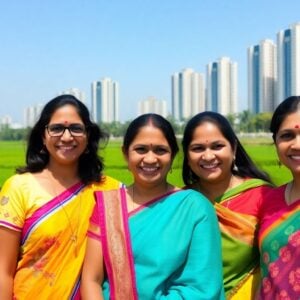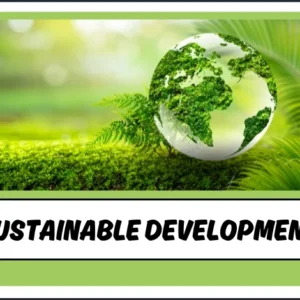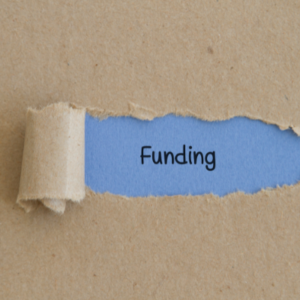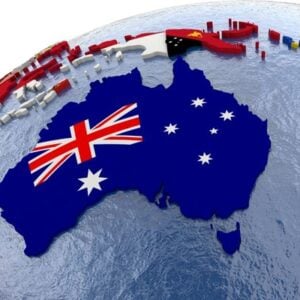The World Bank has raised its global poverty benchmarks and unveiled fresh country-level data for 2024 and 2025, significantly altering how poverty is measured worldwide. The revisions reflect updated costs of living, new survey methods, and more ambitious poverty standards across many nations.
Key Takeaways
- The international extreme poverty line is now $3.00 per day (2021 PPP), replacing the previous $2.15 (2017 PPP).
- New lines for lower-middle- and upper-middle-income countries are set at $4.20 and $8.30 per day, respectively.
- This recalibration increases the number of people classified as living in extreme poverty by more than 125 million, largely due to methodological updates—not a sudden decline in living standards.
- Asia sees a reduction in its share of the extreme poor, while Sub-Saharan Africa’s share continues to rise.
Why the Poverty Lines Changed
The World Bank revises its international poverty lines in response to new data on the cost of goods and services (purchasing power parities, or PPPs) and countries’ own updated poverty thresholds. The latest revision uses 2021 PPP data, capturing the impact of inflation, economic shocks, and changing consumption needs more accurately across 176 countries.
Improvements in statistical capacity, especially in regions like West Africa, and increased national ambitions for minimal living standards contributed to the higher benchmarks. For instance, countries have raised their national poverty lines, resulting in higher global thresholds.
Impact on Global Poverty Estimates
With the new $3.00 international poverty line, the global extreme poverty rate for 2022 is estimated at 10.5%, up from 9.0% under the previous line. This means the number of people living in extreme poverty increased from around 713 million to 838 million when the new standard is applied.
Global projections suggest a modest decline in extreme poverty to 9.9% by 2025, as economies recover unevenly from recent shocks like the COVID-19 pandemic and inflationary pressures.
| Region | Extreme Poverty Rate (2022, new line) | Extreme Poor (millions) |
|---|---|---|
| Sub-Saharan Africa | 45.5% | 558.8 |
| South Asia | 7.3% | 141.5 |
| East Asia & Pacific | 2.5% | 54.0 |
| Middle East & North Africa | 8.5% | 37.1 |
| Latin America & Caribbean | 5.2% | 33.6 |
Spotlight: National Impacts
Indonesia:
Using the new lines, 5.4% of Indonesians are considered extremely poor; nearly 20% are under the lower middle-income line, and over two-thirds fall below the upper middle-income line. National poverty definitions remain distinct from these international benchmarks.
Pakistan:
With the updated lower-middle-income poverty line ($4.20/day), 44.7% of Pakistan’s population is classified as poor, while over 16% are judged extremely poor ($3.00 line). Again, this is a substantial revision upward from previous figures, primarily due to the raised thresholds, not an immediate worsening of living conditions.
A Shift in Poverty Geography
The updated data show extreme poverty is increasingly concentrated in Sub-Saharan Africa and fragile, conflict-affected states. Forecasts suggest this trend will intensify, with more than four-fifths of the world’s extreme poor projected to live in these areas by 2030.
The Big Picture
The adjustments highlight both progress and persistent challenges: while hundreds of millions have escaped poverty over recent decades, lifting the standard reveals poverty’s deeper, shifting footprint. These changes will guide future policy, international comparisons, and targeted interventions worldwide.
Sources
- The World Bank’s new global poverty lines in 2021 prices, World Bank Blogs.
- June 2025 global poverty update from the World Bank: 2021 PPPs and new country-data, World Bank Blogs.
- September 2024 global poverty update from the World Bank: revised estimates up to 2024, World Bank Blogs.
- The World Bank’s Updated Global Poverty Lines: Indonesia, World Bank.
- Under new World Bank threshold, over 44% Pakistanis now live below poverty line, Arab News.







